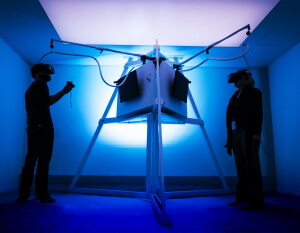Have you heard about HYPERVISOR before? If you know what is Virtualization, then you might be know the meaning of virtualization. If you never heard about hypervisor, then let’s read what it is about.

HYPERVISOR
A program that is used for creating and running virtual machines also called as hypervisor.
Hypervisor consist of two classes which is:
Type One:
- or bare-metal hypervisors running virtual machines directly on computer hardware, primarily as an operating system..
- it doesn’t have to load an underlying OS first.
- Type 1 hypervisors are consider to be the most efficient and best-performing hypervisors available for enterprise computing. It have direct access to the underlying hardware and no other software to contend with.
- Examples of Type 1 hypervisors are hypervisors such as VMware ESXi, Microsoft Hyper-V and Open Source KVM.
- Hypervisors that run directly on physical hardware are also highly secure.
- Security faults and vulnerabilities that are often endemic to OSes are absent from bare-metal hypervisors as the underlying operating system’s attack surface is removed.
- This guarantees that every VM guest is logically isolated from malicious software and activity
Type Two:
- or hosted hypervisors behave more like traditional apps that can start and stop as a normal program. This split is less common in modern systems, especially with technologies such as KVM.
- It is typically installed on top of an existing OS
- It is known as host hypervisor because it relies on the pre-existing OS of the host machine to manage CPU, memory, storage and network resources calls.
- Type 2 hypervisors trace their roots back to the early days of x86 virtualization when existing systems already used OSes and the hypervisor was deployed as a higher software layer.
- While the purpose and objectives of Type 1 and Type 2 hypervisors are identical, the presence of an primary OS with Type 2 hypervisors has resulted in unavoidable latency
- All the activities of the hypervisor and the work of each VM had to go through the host OS.
- In addition, any safety faults or vulnerabilities in the host OS could possibly compromise all the VMs above.
- Consequently, Type 2 hypervisors are generally not used for data center computing.
- They are reserved for client or end-user where performance and security are lesser concerns.
**KVM, short for kernel-based virtual machine. It is a Linux kernel component that can run virtual machines directly, even if you can still use a system running KVM virtual machines as a normal desktop.




